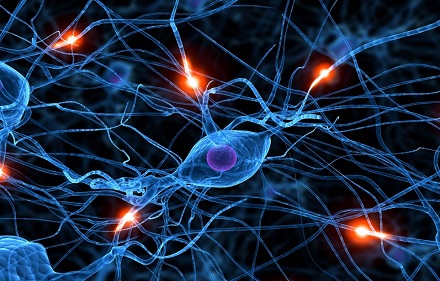
A targeted drug therapy has shown potential to reverse cellular damage in Parkinson’s disease by regenerating critical brain structures and restoring neuron function, according to new findings from a leading neuroscience research team.
Scientists at Stanford University have demonstrated that suppressing the hyperactivity of a specific enzyme, LRRK2, with a compound called MLi-2 can prompt substantial recovery of dopaminergic signalling in a genetically engineered mouse model of Parkinson’s. The treatment not only halted further degeneration but appeared to reverse structural impairments in the affected brain cells, marking a significant shift in understanding how Parkinson’s progression might be modified at a cellular level.
Parkinson’s, a neurodegenerative condition marked by tremors, rigidity, and impaired movement, is primarily caused by the death of dopamine-producing neurons in the brain’s substantia nigra. For decades, treatments have largely focused on symptom management rather than tackling the root causes of cellular dysfunction. The Stanford findings now suggest that correcting underlying molecular defects could pave the way for regenerative strategies.
The breakthrough centres on the LRRK2 enzyme, mutations in which are among the most common genetic causes of Parkinson’s. Overactive LRRK2 has been linked to damage of cellular structures called primary cilia — antenna-like projections that play a vital role in neuron communication and survival. The research team found that neurons in the striatum of the brain — a key region involved in motor control — lacked these cilia in the Parkinson’s model mice.
Using the LRRK2-inhibiting compound MLi-2, the team observed a significant regeneration of these lost cilia after three months of treatment. Dopamine signals began to function normally again in many of the affected neurons. The mice showed molecular signs of cellular recovery, with restored receptor localisation and improved intercellular communication. Importantly, the drug was administered after symptoms had started to appear, indicating that early-stage intervention could potentially reverse some aspects of the disease.
Further investigations revealed that the repaired cilia helped restore the sonic hedgehog signalling pathway, which is essential for neuron protection and maintenance. In Parkinson’s, reduced Shh signalling due to cilia loss contributes to further deterioration of neurons. Restoring this pathway through cilia regrowth suggests a dual benefit: halting ongoing degeneration and triggering repair mechanisms.
Although the research was conducted on genetically modified mice, the implications for human forms of Parkinson’s could be significant. LRRK2 mutations account for a relatively small percentage of all Parkinson’s cases, but the pathway affected by this mutation may play a broader role in other forms of the disease, including idiopathic Parkinson’s with unknown genetic causes.
The MLi-2 compound itself is a highly selective, brain-penetrant molecule designed to inhibit LRRK2 activity without causing off-target effects. Previous efforts to target LRRK2 were hindered by concerns over safety and unintended consequences in other organs where the enzyme is also active. However, the current study found no major toxic effects over the duration of the experiment, opening the door for cautious optimism about its translational potential.
Neuroscientists have long been searching for ways to go beyond dopamine replacement therapies, which offer temporary relief but do not prevent neuron loss. Deep brain stimulation and other invasive procedures are used in advanced cases but are not curative. A pharmacological approach that addresses root biological causes has remained elusive. The discovery that cellular antennae can regrow and restore critical signalling functions represents a conceptual leap in the field.
Experts have noted that early intervention will be key. While the drug showed promise after symptoms appeared, the degree of neuronal recovery is likely to depend on how much degeneration has already taken place. Identifying Parkinson’s earlier in its course, perhaps through biomarker detection, may significantly enhance the efficacy of such treatments.
Further preclinical studies and safety evaluations are expected before MLi-2 or similar compounds move into human trials. Nonetheless, the research has sparked considerable interest among those exploring disease-modifying treatments. If replicated and expanded, the findings could contribute to a paradigm shift in the management of neurodegenerative conditions more broadly.
The concept of regrowing cilia to restore function in damaged neurons could also have implications for other central nervous system disorders involving disrupted cell signalling. Beyond Parkinson’s, researchers are already examining cilia dysfunction in conditions such as Alzheimer’s and Huntington’s disease.



